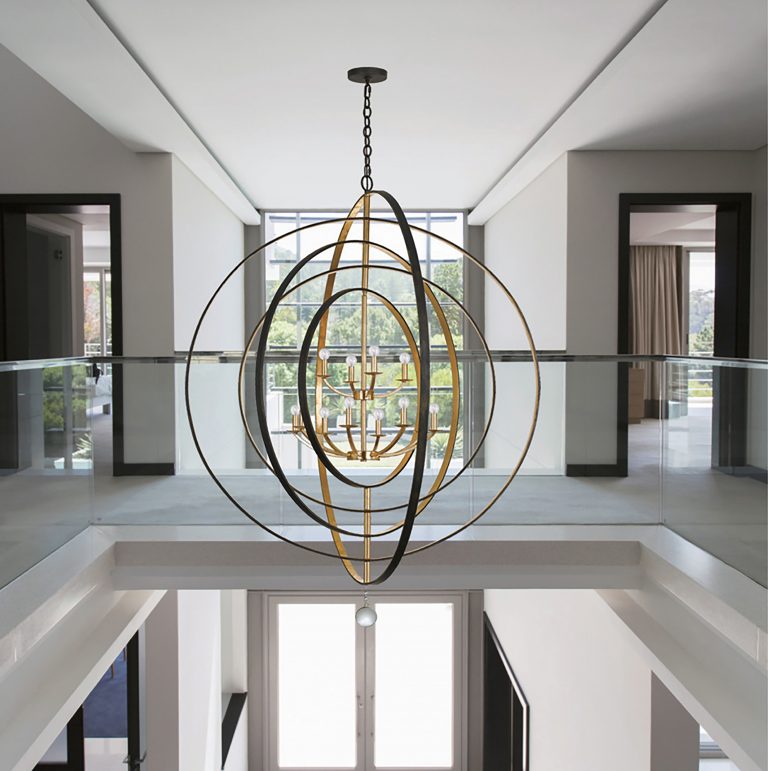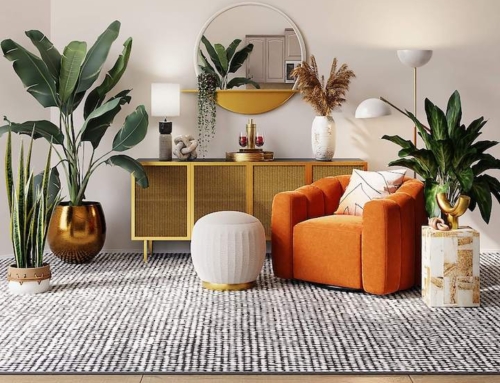Homeowners tend to spend a lot of time concerned with the colors, textiles and soft furnishings of their home’s interior, and with good reason; however, one slightly neglected aspect of interior design is lighting. Yet, lighting can make or break an interior: poor lighting can turn a room of the most colorful fabrics and drapes, into a dull and uninspiring set.

What do you do in your space?
Very rarely do homes have one function per room, the popularity of dining-kitchens and open plan spaces has led to a blur to the distinct areas of homes, and so it is essential to have multiple light sources for one space.
When choosing lighting for your home, it is essential that you take each room or area, and consider what your lighting goal is for that space. What do you need? Direct or task lighting focuses on the space in which you are working, and indirect or ambient lighting is lighting for an overall space; for example, you would need task lighting over the kitchen counter and ambient lighting in the living room.
Think Flexibly
There are many options open to you with regards to lighting solution. You need to think not only about your lifestyle now, but what it may be in the future. If you have small children now, they will soon grow up and will require different lighting in their bedrooms, for example.
Bedroom
Lighting bedrooms can be tricky: they are a room of multifunction and relaxation. Ambient lighting is a must to ensure safety, but table lamps or wall sconces with dimmer switches are also recommended to give the inhabitant control of the brightness and mood.
Bathroom
Bathrooms require a lot of thought for lighting. While task lighting around the mirror and vanity unit can be achieved via downlights, additional lighting is required to balance the effect of a vertical light source to remove any shadows. Again wall sconces can achieve this. Thought must be given to the lighting over the shower and bath areas.
Living room
Living rooms generally have large windows that pour natural light into the room during daylight, but during the evenings and darker times of the day, proper lighting is required. Using a combination of downlights, wall sconces and perhaps even a chandelier or pendant lights, you can manage the light in your living room effectively. A mandatory addition to any living room are desk or floor lamps. Ensure that your lighting options are on different switches and use a dimmer to allow total control.
Kitchen
Modern kitchens require different types of lighting solutions to cover the varying functions of this room. Task lighting is a must over the counters, and can be achieved by installing track lighting or multiple pendants. By using these types of statement lights that are different to the lights used in other areas of the space, you are clearly defining the ‘business’ area of the kitchen. Lighting under the upper cabinets is also an option for task lighting, and care should be taken to choose the correct LED color temperature to suit your interior design.




